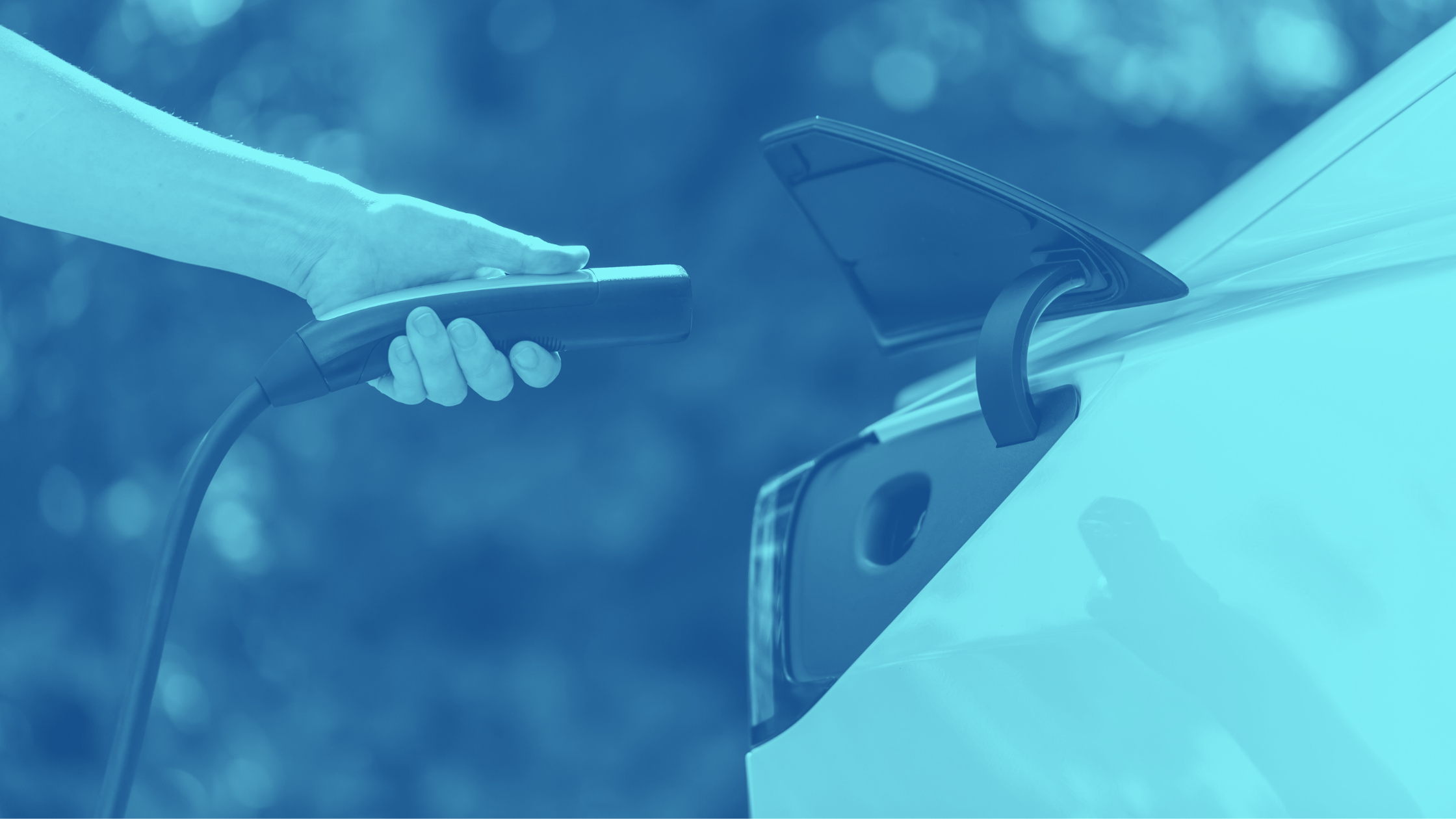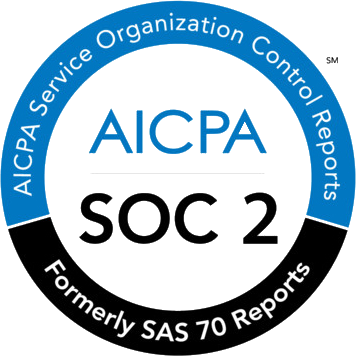When it comes to the management of car lots and parking access control, automation and arrival technology are the way forward.
Arrival technology refers to the use of technology to enhance the end-to-end experience of a journey by creating smarter buildings and vehicles that enable a seamless transition from arrival to the final destination.
Manually allocating, monitoring and controlling your office car space facilities can create plenty of issues.
They include:
- Allocating the limited number of parking spaces fairly to all employees who need it.
- Knowing whether reserved parking slots will not be used for the day, so they can be temporarily reassigned.
- Finding the best way to manage parking access control and ensure only authorized vehicles enter the car park.
- Complaints from employees and interpersonal conflicts that arise from parking issues.
- Time spent on car space management.
One of the most impressive applications of this technology comes in the form of parking access control.
As you can imagine, this is a huge deal to many of the world’s biggest brands, who want to ensure that the cars in their parking lots are all authorized to be there.
Parking access control affects the security of an organization, especially if there is an entrance to the workplace area from the parking lot.
Table of Contents
ToggleHow does arrival technology work for parking access control
Arrival technology solves this issue by combining the uses of parking management tools, license plate recognition (LPR) / automatic number plate recognition (ANPR), cameras and a physical boom barrier.
We often integrate this technology into existing facilities and this is often more cost-effective than introducing each one of these elements individually.
The benefits of introducing arrival technology for your parking access control include:
- Full automation.
- Better security.
- Convenient admin and user experience.
- Easy collection of fees (if any).
Discover how we can help you manage your parking access control
Find out how we have helped some of the worlds biggest brands like UBER, Ebay & L'Oréal manage their parking
Discover NowHow did Integrating arrival technology for parking access control systems work out for leading employers?
Here are a few examples…
Alstom
Car spacing issues got so bad for Alstom, a leader in sustainable mobility, that they even went as far as temporarily closing some of their car parks.
Their car park had 60 spaces located in two lots – one surface-level park and a larger underground area. Alstom assigned parking slots to key employees while the remaining spaces were on a first-come, first-served basis.
When the assigned slots were not used by the employees to which they are assigned to, this led to unoccupied spaces that couldn’t be used by other employees.
Julie Winter, Officer Manager for Alstom ANZ, would spend hours just helping people find a place to park. Finally, after all the headaches caused by their parking problems, they decided to go with our software
Alstom used Wayleadr’s availability and allocation features to automate and optimize employee parking and maintain the practice of having assigned parking slots. Meanwhile, they also made the assigned parking slots part of the available spaces that other employees can use when they are not being used.
For a truly hands-free parking management system, Alstom integrated Wayleadr with their access gate, successfully handling all aspects of employee parking via the app.
Results:
- 100% occupancy for their parking lots with zero manual intervention
- Increased employee satisfaction
- Hundreds of saved hours in parking management
Version 1
Across the globe, Version 1, a software delivery company in Belfast, Northern Ireland, wanted to address three employee parking management challenges:
- They were moving to a new office location with less parking spaces
- Flexible work schedule meant less predictability on which employees will be needing parking slots for the day
- Concerns about the company’s carbon footprint, with roughly 70 staff driving to work everyday despite good public transportation options
We worked with Version 1 for an all-in-one solution to their problems:
- First, Version 1 identified employees who are guaranteed to have a parking space. These were mainly individuals with mobility and health issues. Wayleadr then allocates the remaining parking spaces to other employees to ensure fair distribution.
- Version 1 also integrated Wayleadr with their physical barrier system to ensure that only those with relevant bookings were allowed entry.
To try to minimize the carbon footprint and make a strong contribution toward sustainability. This included a daily charge that was imposed on users of the parking facility.
Castle Trust Bank
Castle Trust Bank faced a challenge with its parking management system that was causing headaches for employees and security personnel.
Their previous system involved manually assigning parking spaces to employees, which was time-consuming and prone to human error. It also led to conflicts when employees arrived at work to find that their assigned spaces were occupied. This created tension and frustration, impacting employee morale and productivity.
Castle Trust Bank turned to Wayleadr’s parking management software to automate their parking allocation process. They were also seeking to improve the parking experience for their employees.
Wayleadr’s availability and allocation features allowed them to optimize the use of their parking spaces and ensure that every employee has a designated spot.
Castle Trust Bank also integrated with their access control system with Wayleadr’s technology, this allowed employees to enter the parking lot without stopping to show their access card or ID. This provided a seamless and hands-free parking experience, reducing congestion at the gate and minimizing the risk of security breaches.
Results:
- Reduced the time spent by security personnel on parking management by 50%
- Improved employee satisfaction with the parking experience
- Increased parking space utilization by 20%
Access Control Integration with Wayleadr
In conclusion, the integration of arrival technology for parking access control systems is a game-changer for organizations looking to optimize their parking spaces, increase security, and enhance the overall employee experience.
The benefits of automation and license plate recognition technology, combined with a physical boom barrier, have been demonstrated through the experiences of leading employers, such as Alstom, Version 1, and Castle Trust Bank.
Implementing an all-in-one solution, such as Wayleadr’s parking management software, can help organizations eliminate parking-related issues and significantly reduce the time spent on manual intervention while improving employee satisfaction and increasing parking space utilization.
Book a demo below to learn more about how Wayleadr can help streamline your parking management system.





